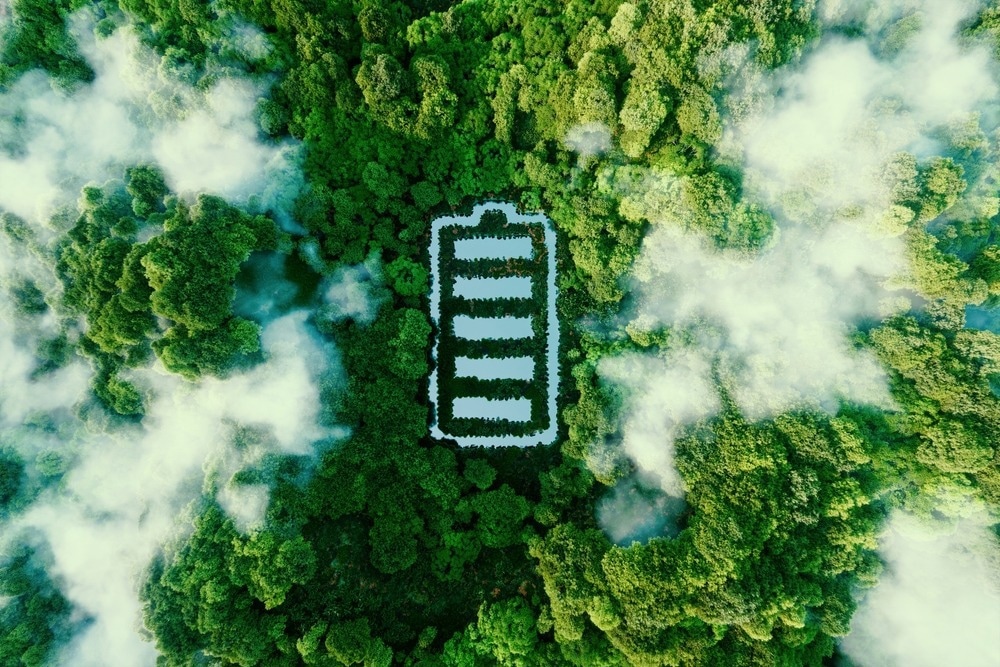The need for the required raw materials is growing along with the rise in the manufacture of batteries for electric vehicles. The mining and shipping of these materials carry hazards to the supply chain, pose environmental issues, and create hazardous working conditions. For these reasons, recycling battery materials has gained importance in politics, business, and research.

Image Credit: petrmalinak/Shutterstock.com
Prof. Stephan von Delft of the University of Münster is leading a group of scientists and experts from the automotive and battery industries who have been examining when Europe, the US, and China will be able to meet their demand for lithium, cobalt, and nickel—the three most important raw materials for batteries—wholly through recycling; that is when a fully circular economy will be feasible in these areas. China will do this first, followed by Europe and the US, according to the team’s assessment.
The findings demonstrate that China will be able to use recycling to cover its demand for primary lithium for electric cars produced via mining starting in 2059; in Europe and the United States, this will not happen until beyond 2070. In terms of cobalt, recycling is predicted to guarantee that China can fulfill its demands after 2045, at the earliest; in Europe, this will happen in 2052, and in the United States, not until 2056.
In terms of nickel, China will most likely be able to fulfill demand through recycling by 2046, with Europe following in 2058 and the US following in 2064.
While previous studies examined the supply and demand for recycled raw materials for batteries, it was unclear when complete circularity—that is, the point at which supply and demand are equal—would be reached (also known as the “break-even point”). The possibility of reaching equilibrium earlier than anticipated by present advancements was another issue the study team examined.
Yes, there are. Our research shows that, in particular, a faster rate of electrification in the automotive industry, as is currently being discussed in the EU, will play a role in the process. The reason is that the faster electric vehicles spread throughout the automotive market, the sooner there will be sufficient quantities of batteries available for recycling.
Stephan von Delft, Professor, University of Münster
Ph.D. student Jannis Wesselkämper added, “The demand for raw materials could also be met much earlier by recycling as a result of a reduction in battery size and by avoiding a so-called ‘second life’ for batteries–for example as stationary storage units for solar power.”
The researchers used a technique known as dynamic material flow analysis to assess both future demand and the recyclable raw materials that were available at the time. The team’s database comprised data from current research projects, market estimates for advancements in battery production and sales, and the accompanying demand for raw materials.
Journal Reference:
Wesselkämper, J, et. al. (2023) A battery value chain independent of primary raw materials: Towards circularity in China, Europe and the US. Resources, Conservation & Recycling. doi:10.1016/j.resconrec.2023.107218